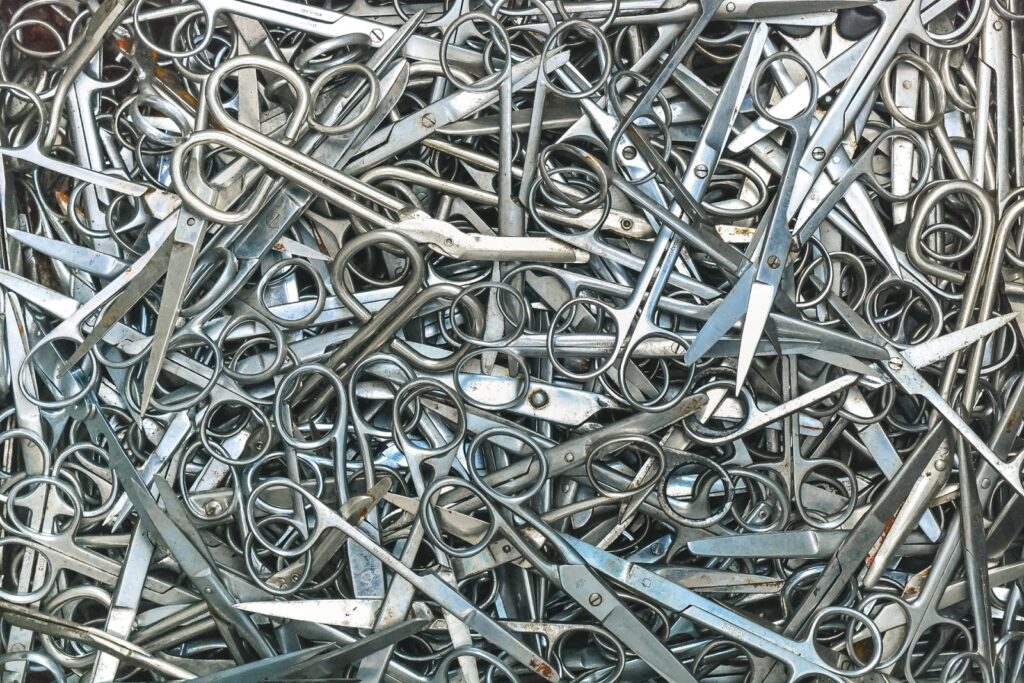It’s not difficult to believe that the healthcare industry is a hazardous industry to work in. Even as the current pandemic has relegated most of the country to their homes, the real heroes are on the front lines at hospitals, clinics, and emergency rooms across the U.S. However, battling infectious diseases is not the only dangerous part of the job; many find themselves victims of accidental needlesticks. Knowing what to do after this occurs can make a difference in the outcome of such an event.
How are we revolutionizing the disposal of regulated medical waste? Check out how it works here.
CDC Statistics on Needlesticks
You might think that needlesticks only occur when someone is in the process of giving an injection or inserting a needle for an IV or blood draw. However, a report from the CDC shows that needlesticks occur at every stage of use. See the statistics below:
- During or after disposal: 22%
- In transit to disposal.
- Improper disposal.
- During disposal.
- After use, before disposal: 19%
- Activation of the safety feature.
- Recap needle.
- During clean up.
- During use: 52%
- Access IV line.
- Transfer/process specimens.
- Pass/transfer equipment.
- Collision with sharp or worker.
- Insertion or removal of the needle.
Related Link: Sharps Container Disposal: Everything You Need to Know
The Negative Impact of Needlesticks
For anyone who gets squeamish at the sight of a needle, just the thought of an accidental stick is enough to make a negative impact. Unfortunately, there are real and severe consequences of an unintentional needlestick. The biggest concern with this type of injury is the transmission of an infectious disease such as HIV. While contact with infectious blood is the greatest concern, it is equally dangerous to get stuck with a contaminated needle.
Related Link: A Guide on How to Dispose of Medical Waste
How Employers Can Prevent Injury in the Workplace

Implementing protocols to prevent injuries is the best way for employers to minimize the occurrence of accidental needlesticks. Below is a list of protocols to help prevent injury:
- Follow OSHA’s recommended guidelines
- Implement safe recapping procedures
- Ensure adequate employee training
- Use improved equipment designs
- Utilize surveillance programs
- Use disposal systems that are effective
Our system of eliminating waste is perfect for clinical labs. See how we can help.
In addition to these protocols, employers should take measures to ensure the following tools are utilized to help prevent injuries:
- Elimination
- Engineering Controls
- Work-practice controls
- Personal Protective Equipment
Preventative Measures Employees Can Take in the Workplace
Employers have their part in preventing injuries such as needlesticks. However, there are some preventative steps that employees can take as well. The most empowering thing you can do is take ownership of your safety. Understanding and following safety protocols is another way to help prevent injuries in the workplace. Utilizing the tools provided by employers, such as disposal systems, decreases the likelihood of an accidental needlestick.
Related Link: How to Sterilize Needles in Bulk
Safety Steps to Take After a Needlestick

We’ve covered how needlesticks occur, their effect on employees, and what to do to help prevent injuries in the workplace. While it’s possible to minimize the occurrence of needlesticks, it’s always helpful to know what to do in case of one. Following the approved safety steps to treat a needlestick can minimize the negative impacts. Below are five steps to take after a needlestick:
- Wash the needlestick area with warm soap and water
- Flush the mouth and nose, along the skin with water or a sterile product
- Irrigate eyes with water, saline, or sterile irrigants
- Alert your supervisor of the incident immediately
- Receive immediate medical attention.
Your first reaction might include scrubbing the wound thoroughly. However, this is counterproductive and doesn’t speed up healing. In fact, it can actually make the injury worse. Another adverse action to avoid is suction or pressure. Instead, you want to dry the would and cover it with sterile bandages. Seeking immediate medical attention is of the utmost importance. In order to determine if additional treatments are needed, you must discuss the possibility of exposure to any diseases.
If you have more questions about how we can assist you in preventing accidental needlesticks, contact us today.
On the frontlines of medical care, employees face many challenges. Not only do healthcare workers come into close contact with infectious diseases, they often find themselves facing injuries such as needlesticks. Knowing how to prevent accidents like this is only a part of a bigger picture. When accidental needlesticks to happen, taking quick action can make a huge difference.
